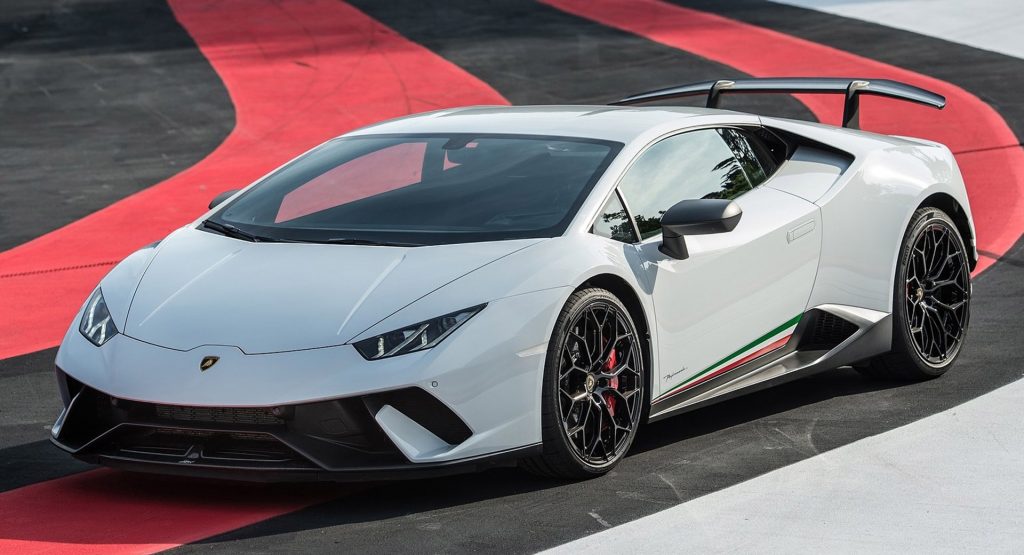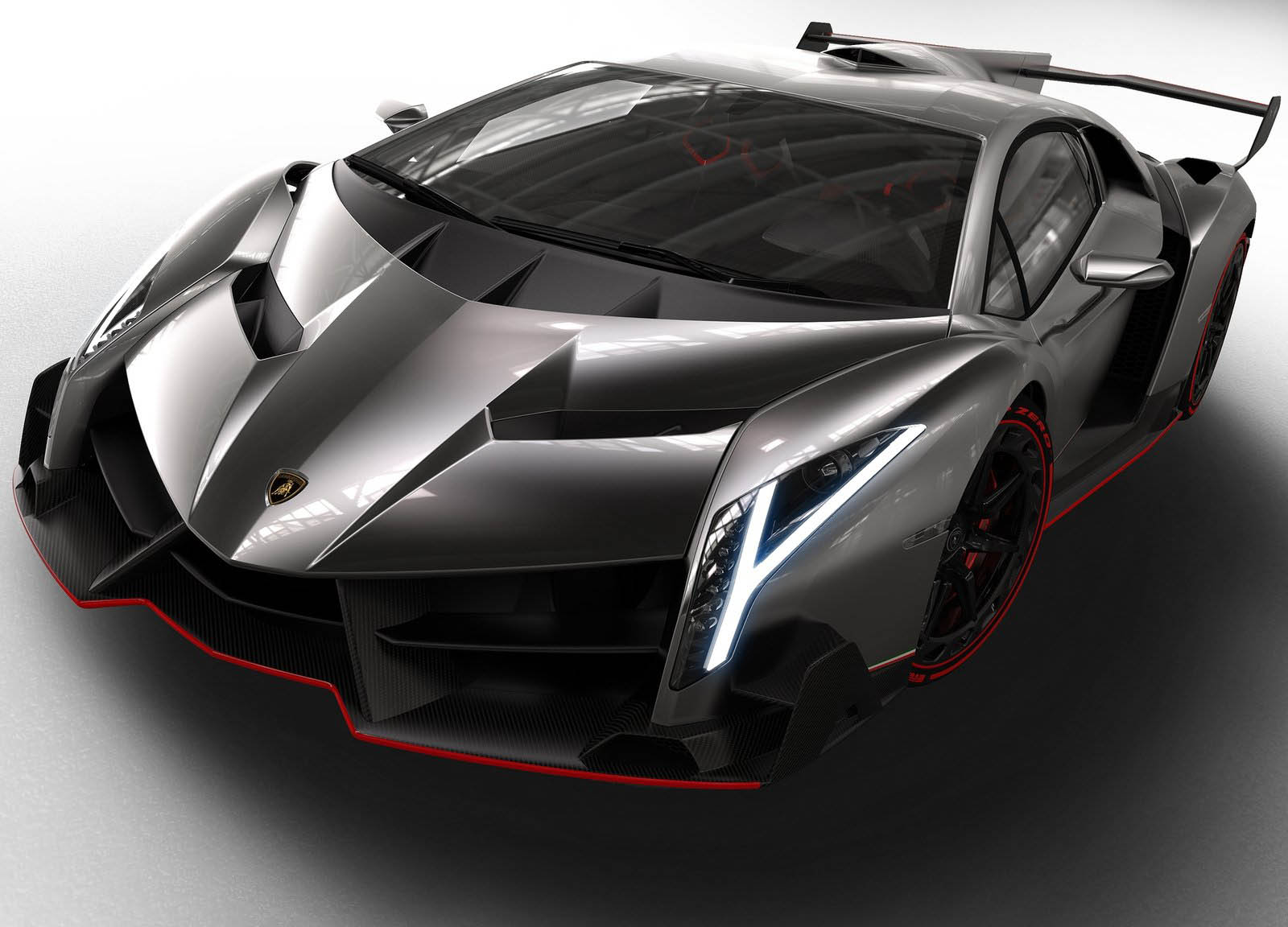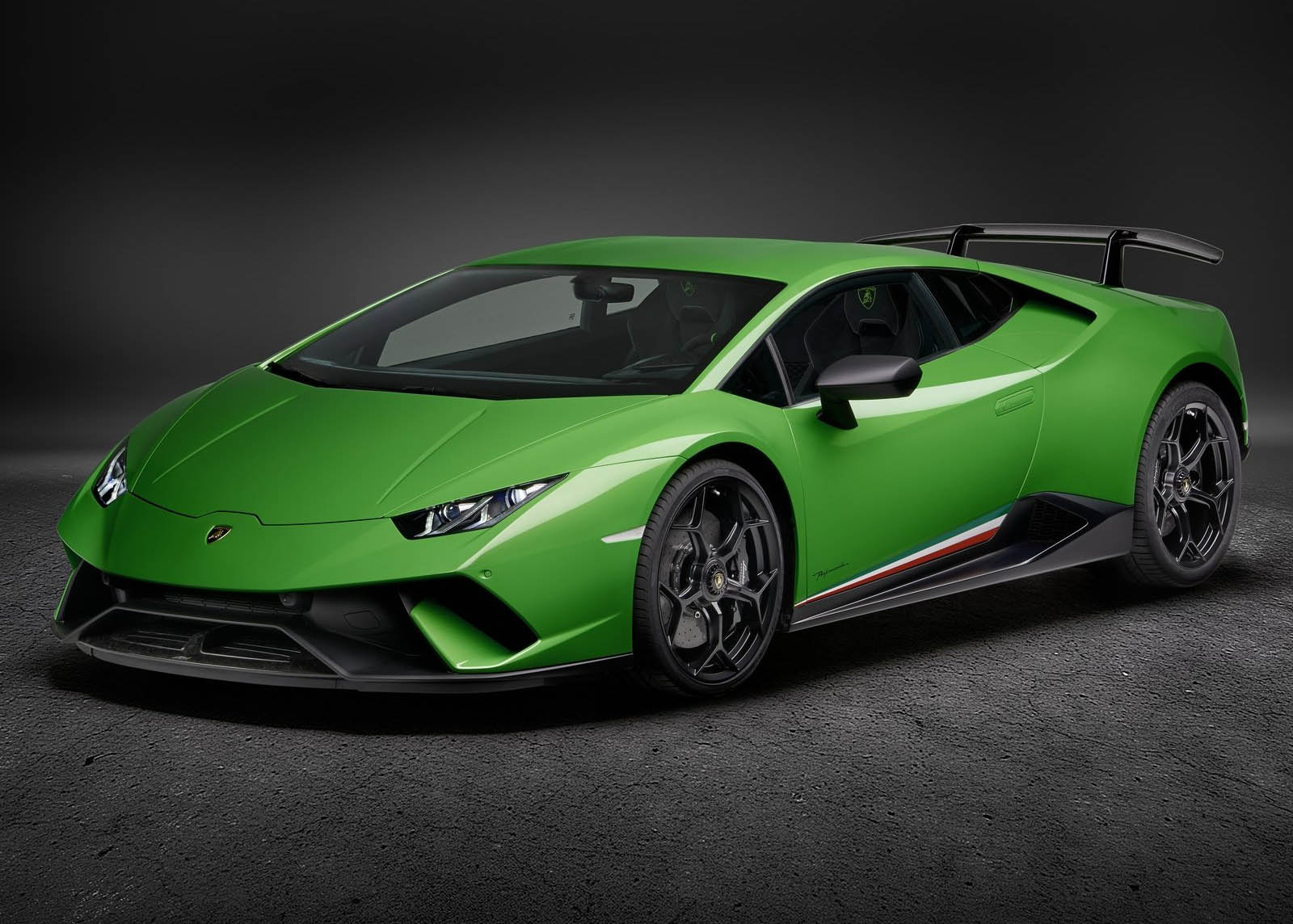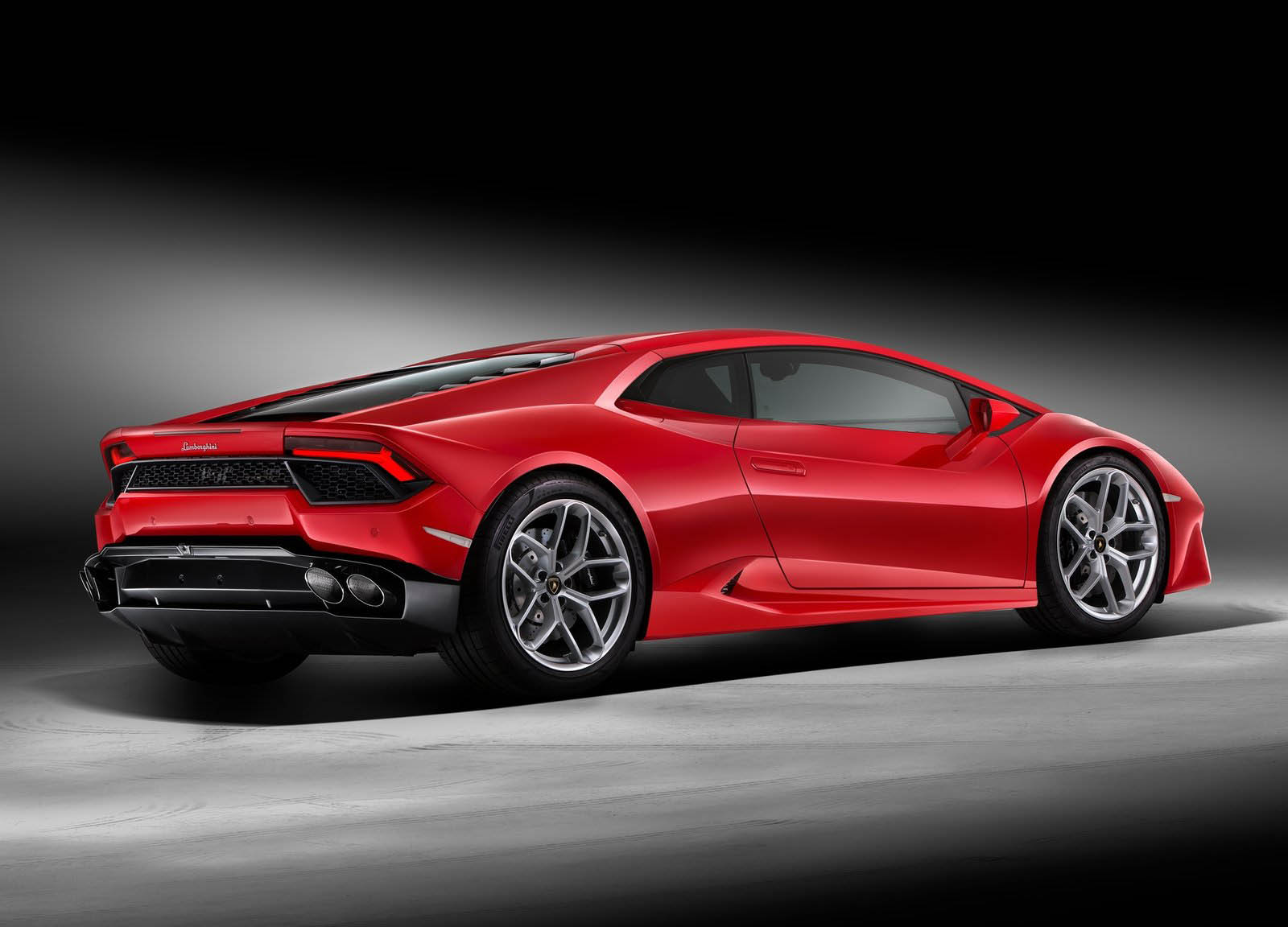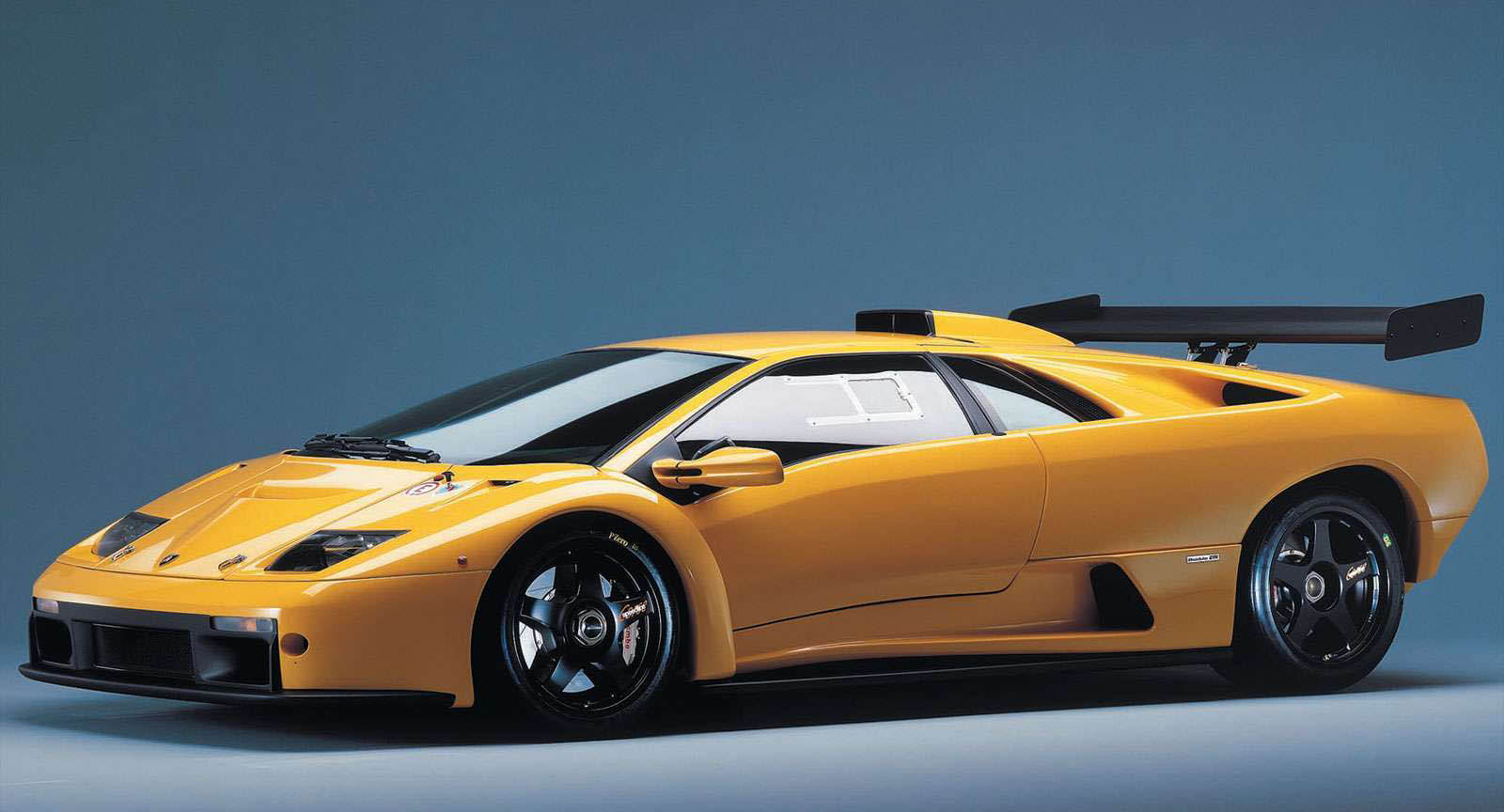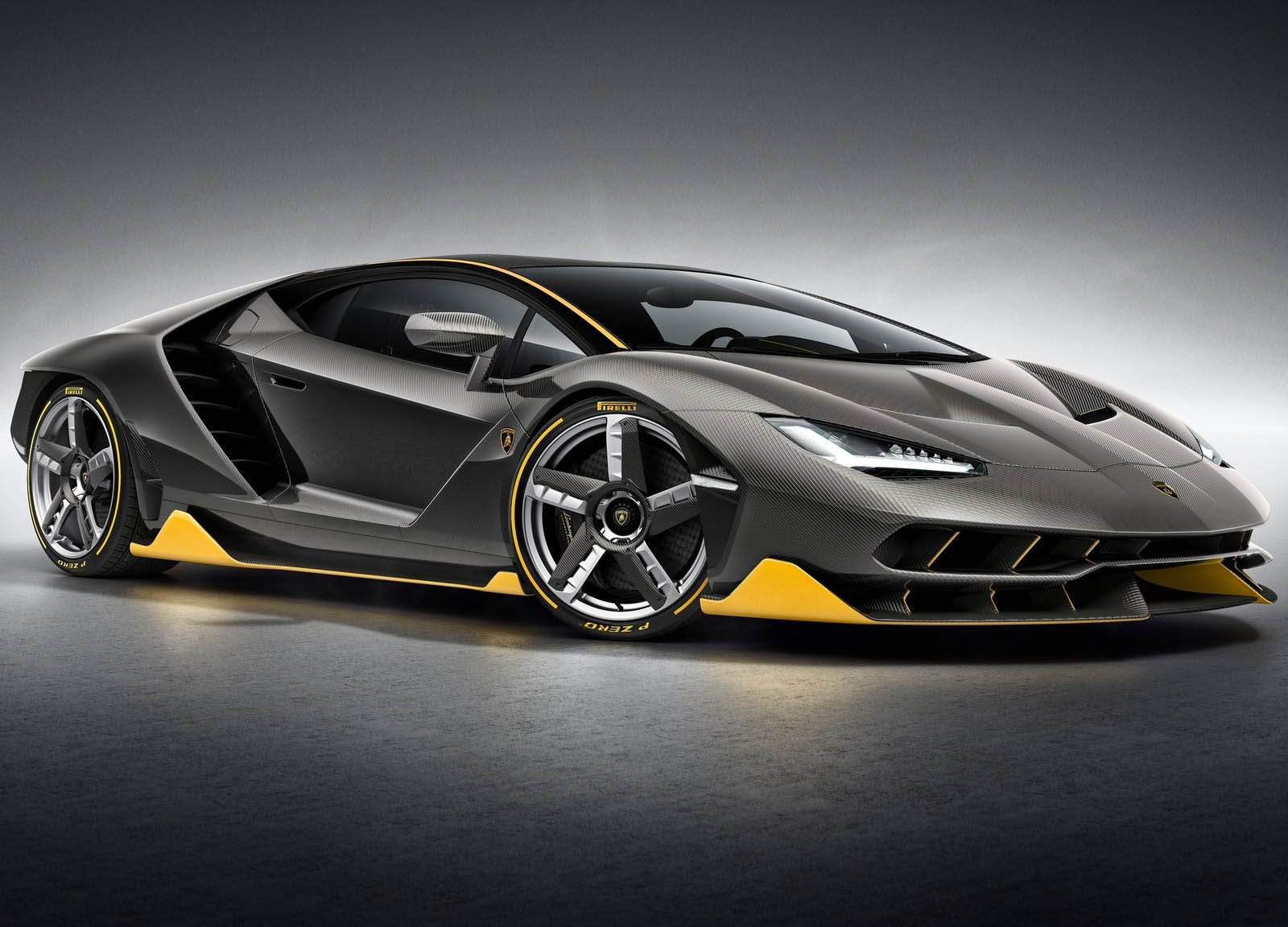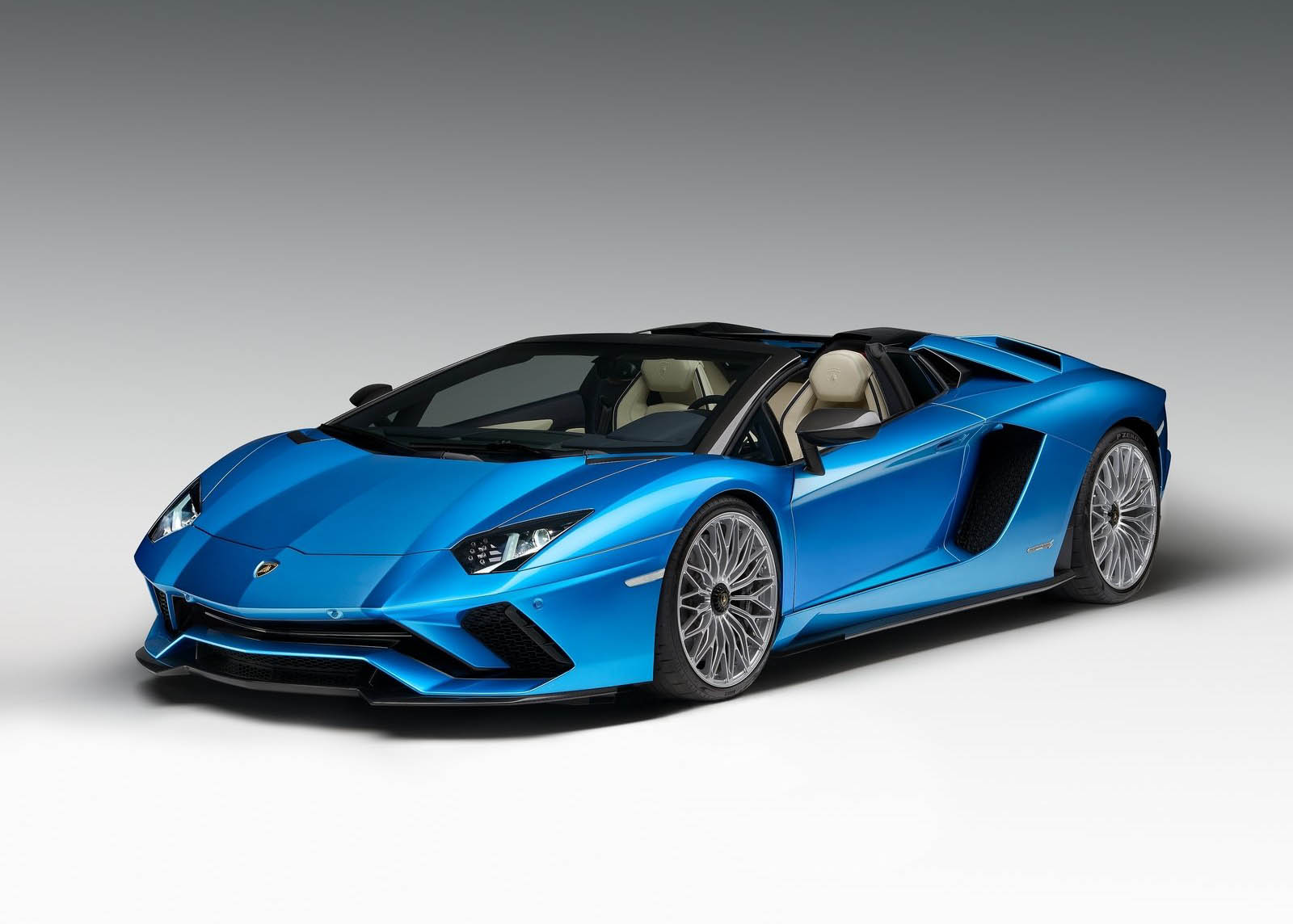The new Urus might be the Lambo everyone is expecting to hear about right now, but the VW-owned Italian automaker isn’t finished with its two supercars. Far from it.
Speaking to Australian site Drive, Lamborghini’s R&D chief Maurizio Reggiani indicated that an even more hardcore version of the Huracan is on the cards.
The Performante currently stands as the top version of the Huracan, capable of trouncing all comers around the Nürburgring, but it will eventually be replaced by something even more special when the baby Lambo gets revamped.
“Our job is to continuously develop cars to be better,” said Reggiani. “Our strategy in terms of performance during the second life [of a model] is to grow, never to be flat. We work to increase again what we can have from our car… we will see what will be the future performance.”
There will likely be more limited-run hypercars like the Veneno and Centenario as well. The prospect of a track-only special like the McLaren Senna GTR or Ferrari FXX K isn’t included on Lamborghini’s plans, as the company claims its customers want to be able to drive their cars on the road as well.
However, the one thing Lambo is definitely not interested in doing is a rear-wheel drive Aventador.
“It’s something we don’t want to have,” said Reggiani. “The four-wheel-drive system is the most safe and performance focused system they can have in their car.” Without the benefit of all-wheel drive, he remarked, “the traction control would be so invasive.”
While the ten-cylinder Huracan and preceding Gallardo have been offered in rear-wheel drive configuration, Lamborghini’s twelve-pot supercars have been exclusively all-wheel drive since the arrival of the Murcielago in 2001. The last time it offered a RWD V12 was with the 1999 Diablo GT, whose 6.0-liter engine produced 575 hp.
The Aventador S packs 730 hp, which the Italian automaker evidently believes would be too much to handle if channeled only to the rear wheels. “You would have a lot of customers disappointed because the [traction control] system cuts in too much,” noted Reggiani.



